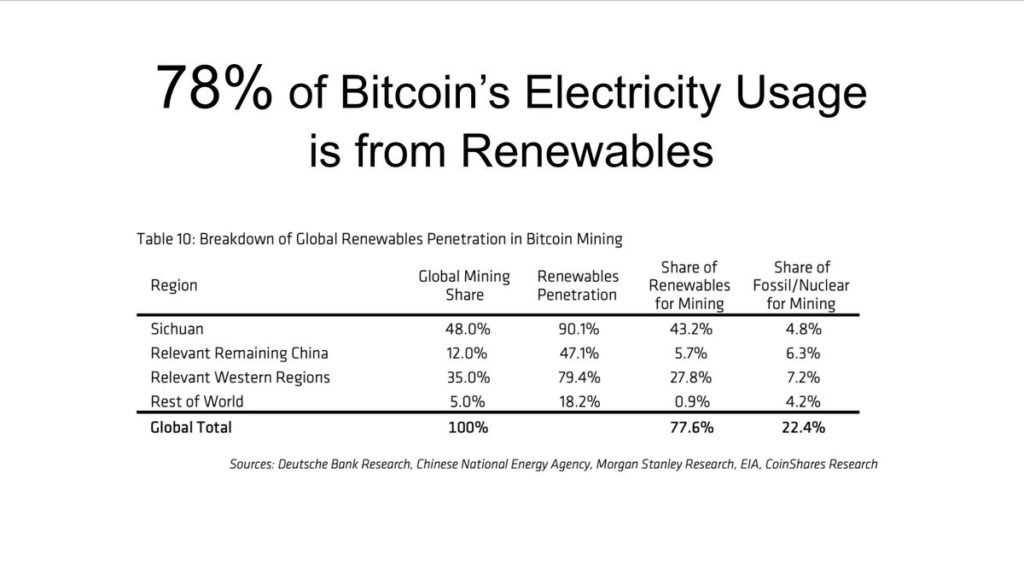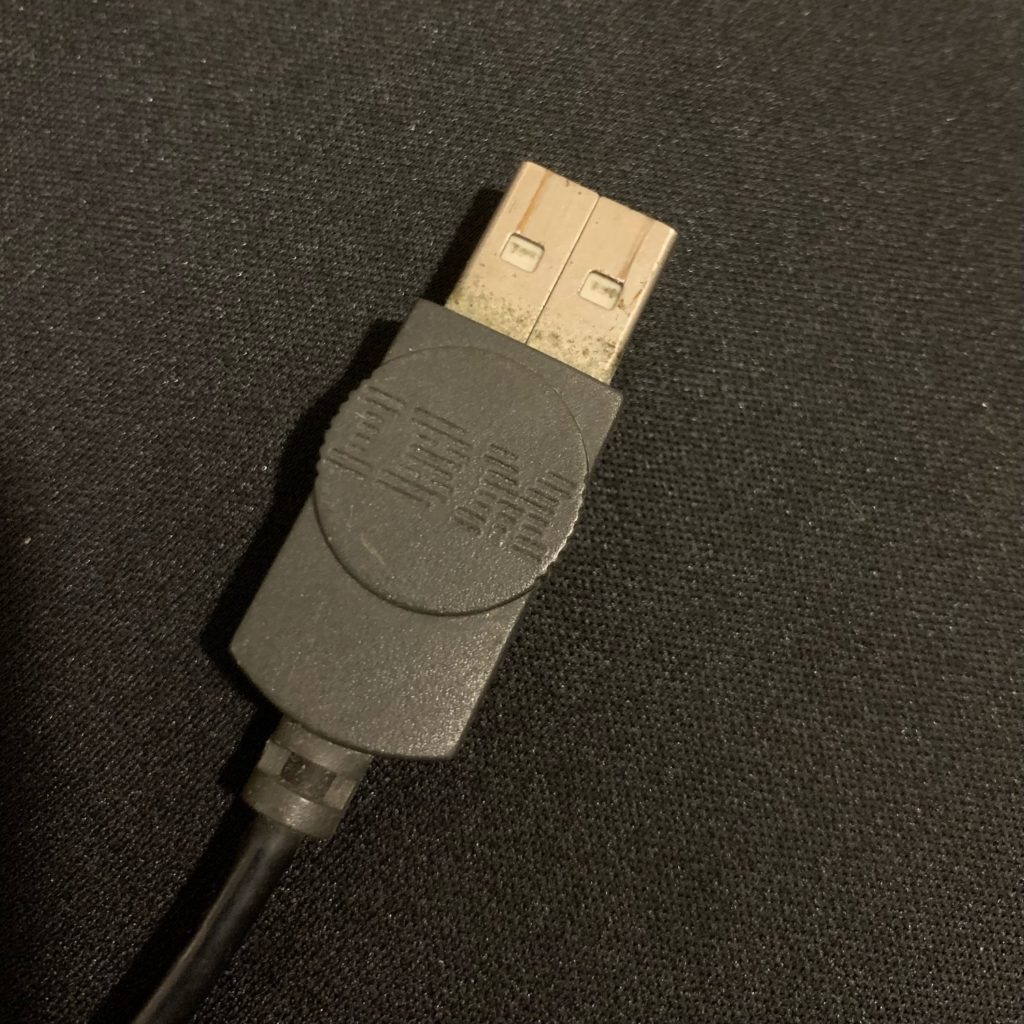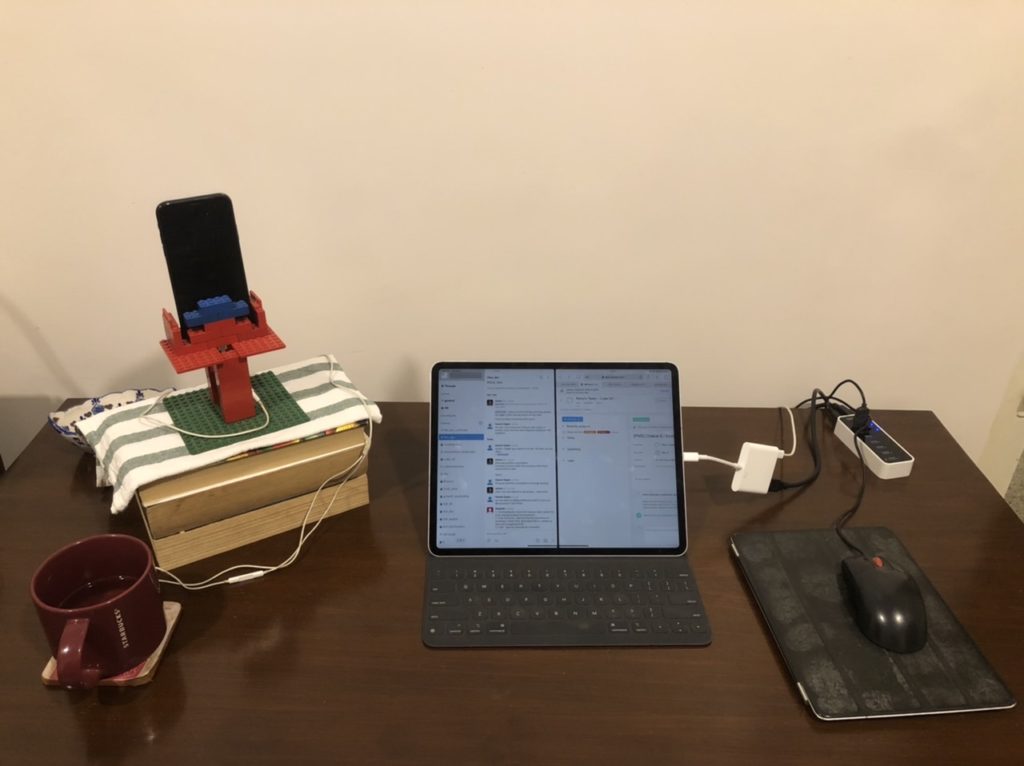In an efficient financial market, high volatility is correlated with high expected returns. This is one of the most basic principles of finance. Volatility is the cost that investors pay to hold an asset that is likelier to yield them bigger rewards. Risk is the pain, expected return is the gain…
Many people over the years have argued that Bitcoin is this type of trash asset. … But let’s assume it’s not. Suppose Bitcoin’s value is slowly rising to some long-term equilibrium. The existence of semi-regular bubbles and crashes every few years will tend to slow that process, because it keeps some people scared and keeps them out of the Bitcoin market. That depresses the price today. But then as the bubbles keep happening and the skeptics realize that this is just how Bitcoin works, they eventually lose their fear and jump into the market, and Bitcoin’s price rises.
– Triumph of the HODLers
The article goes on to make the point about bitcoin as a hedge not just against equities or bonds or a specific asset class, but against “system failure”:
The system of governments, banks, financial regulations, etc. etc. that currently runs the world is not infinitely robust. In the places and times and future conditions in which that system fails, peer-to-peer financial solutions like Bitcoin are inherently very valuable. That gives Bitcoin fundamental value.
and then ultimately hazards a guess at what makes Bitcoin so political.
All around, an excellent read.
Related post:






